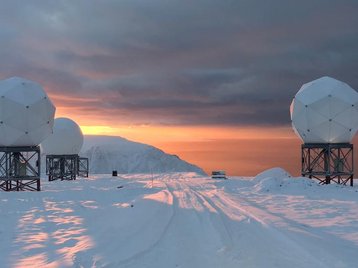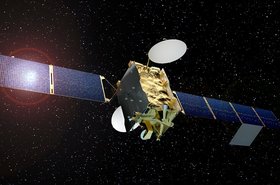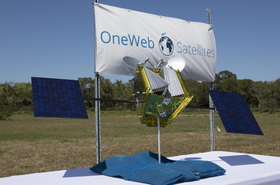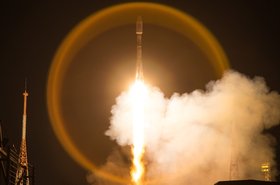Hughes Network Systems and OneWeb have landed the US Air force as a customer for a connectivity pilot project in the Arctic.
The two companies have been selected by the US Air Force Research Lab (AFRL) to ‘demonstrate managed LEO satellite communications (SATCOM) services’ and provide connectivity to various Arctic sites.
“This opportunity reinforces the relationship between Hughes and the U.S. Air Force to ensure resilient, flexible satcom networks for tactical, multi-domain operations,” said Rick Lober, vice president and general manager of the defense and intelligence systems division at Hughes. “We look forward to partnering with OneWeb to bring LEO innovation into the military satcom enterprise, especially in the strategic Arctic region where connectivity has been limited—until now.”
Hughes, an investor in OneWeb, will lead adaptation, integration, testing, and ongoing management of this service demonstration with OneWeb and Intellian, who are developing user terminals for use on the OneWeb network. Hughes is engineering and producing OneWeb’s gateway equipment and user terminal core module under a separate agreement.
For more breaking data center news, features, and opinions, be sure to subscribe to DCD's newsletter
“The OneWeb constellation has been designed to enable low-latency broadband access across the globe, allowing connectivity in previously unreached areas—a capability that is ideal for tactical, multi-domain operations in the Polar region and beyond,” said Dylan Browne, head of government services with OneWeb. “Working together with Hughes, we will bridge the gap in connectivity for NORTHCOM with an interoperable and secure solution.”
SpaceNews reports that the 18-month contract is part of the U.S. Air Force’s Defense Experimentation Using the Commercial Space Internet (DEUCSI) program and is worth about $3.4 million.
Satellite coverage of the Arctic regions is lacking compared to most of the planet; as the curvature of the Earth means satellites in geosynchronous orbit can’t send signals to the poles. Though there are satellites in polar orbits traversing the earth north-south, they can only provide limited coverage at regular intervals.




